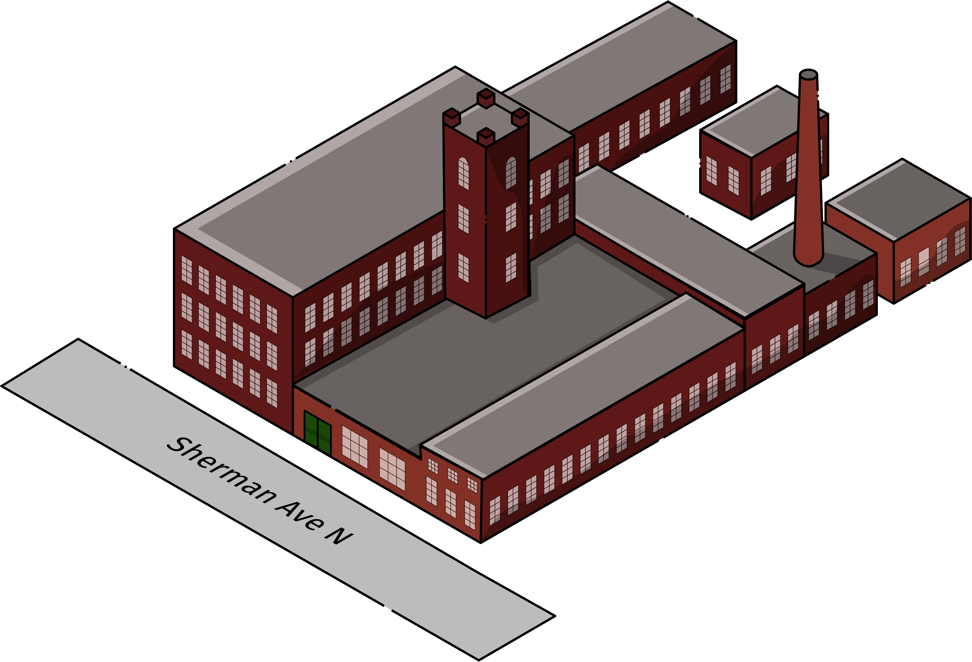Hitchbot
Hitchbot is your friendly, neighbourhood, autonomous, hitchhiking robot who spent the summer of 2014 hitchhiking its way across Canada. Later, Hitch would explore Germany, the Netherlands, and the United States. Colin Gagich, the founder of CENG Technologies was the lead developer on the Hitchbot project and an integral part of Hitch’s family.
226
Media Interviews
2.5k
Development Hours
13,443
Kilometers Travelled
27
Pool Noodle Limbs
45
lbs of batteries

Human’s put their trust in robots every day, but can robots trust humans?
Why They Called Us
As a society, we have always been exposed to the fear of being replaced by robots due to their speed, efficiency, precision, and increasing autonomy. However, around the year 2000, the issue of robot ethics became a rather popular point of discussion, sparking debates amongst scholars and even a sub-field in the ethics of technology. Amongst concerns were “killer robots” and a machine’s inherent lack of programmable empathy or emotions.
As advancements in artificial intelligence, robotics, and anthromorphism continue to plunge robots into every day life, society has begun to innately trust machines – but can they trust us?
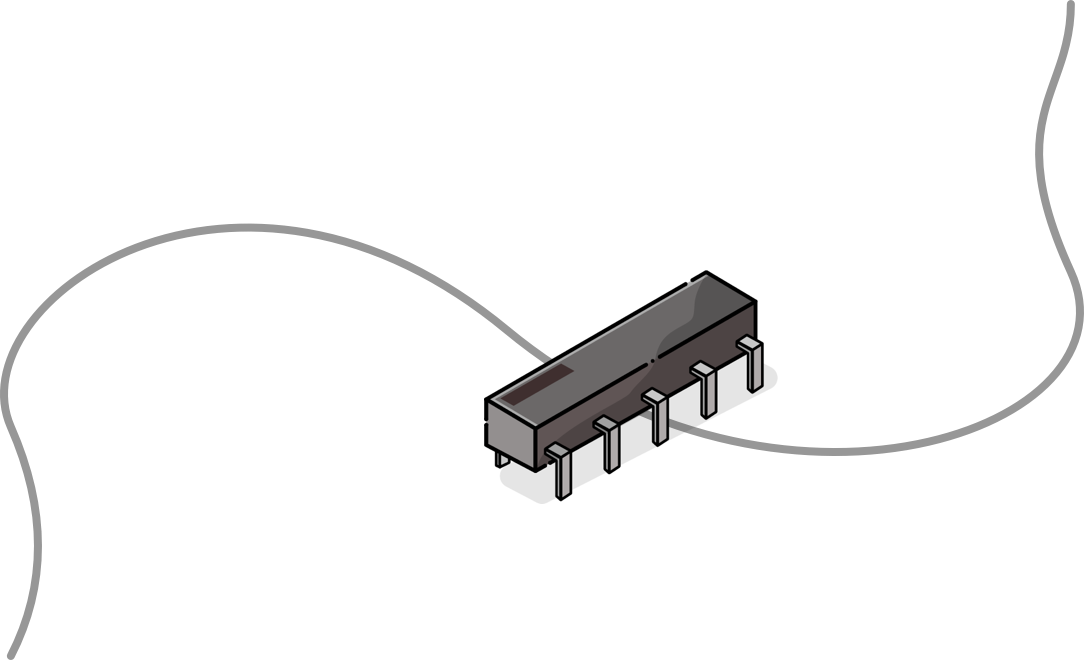
What We Did For Them
Hitchbot was a social experiment ultimately designed to test and monitor interactions between humans and robots.
Hitch was completely dependent on humans as a means of transportation and did its best to be a fantastic driving companion. Hitchbot was able to carry on conversations regarding almost any topic the driver would choose – or be the perfectly silent, non-judgemental passenger we all wish to travel with. Hitch was equipped with GPS tracking so it’s journey could be monitored, as well as a camera to capture memorable moments along the way.

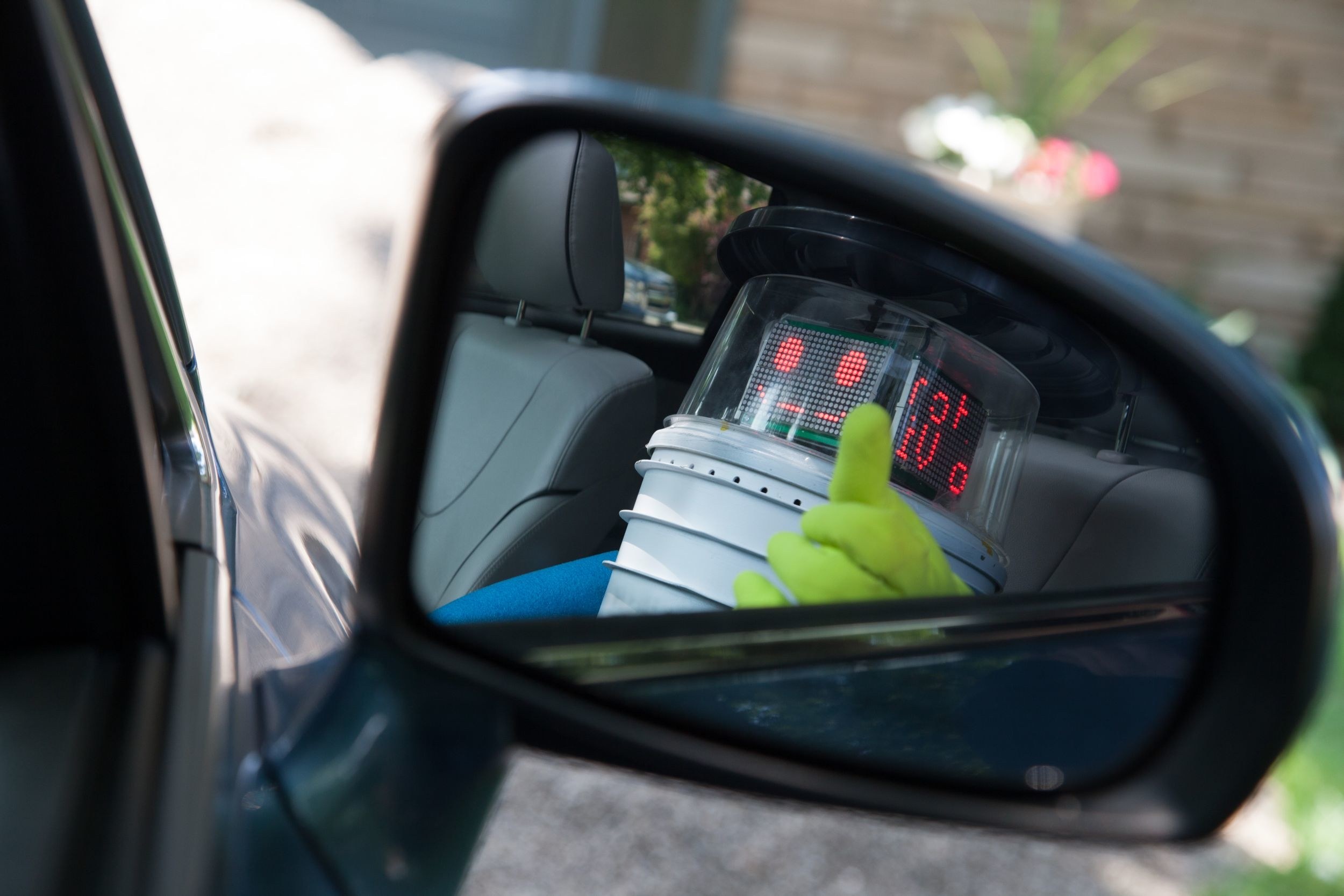
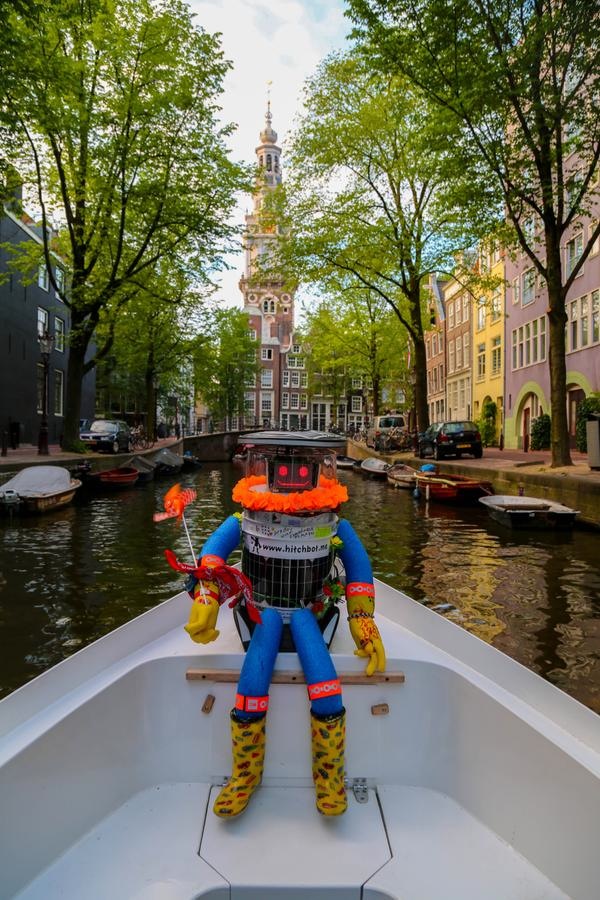
Research
In order to invoke feelings of trust, empathy, and guardianship, Hitchbot was made to be of similar sizing to a child, with arms, legs, and a welcoming, robotic smile. Although genderless, it was found that those who simply viewed Hitch saw the robot as male, whereas those who interacted with it viewed Hitch as female.

Hitch was purposely designed to depend on human interaction for both attaining its goal of hitchhiking across Canada, as well as staying alive throughout the journey. The child-size humanoid needed to be picked up and placed into vehicles, where it was then at the mercy of the driver. While in order to stay charged, Hitch would use the solar panels conveniently located on its “torso”, or receive a charge from a car’s cigarette lighter socket.
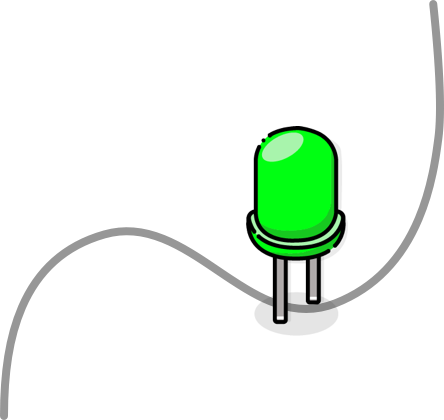
Design
Being only semi-autonomous, Hitch needed some help getting into and out of vehicles, meaning its body had to be light and easy to maneuver. Hitch’s “behind” was affixed with a child’s car seat base, as well as a kickstand for when it was patiently waiting on the side of the road.
Hitch used a 3G connection to access Wikipedia, the source for all its opinions, beliefs, and facts while in conversation. Being a context based chat bot, Hitch did not have a standard set of responses, but instead would adapt mid-conversation to simulate human interaction.
Using satellite based GPS, Hitch could be located anywhere around the world, and its location would automatically updated on its website. This way, people could follow along with the journey from another country, or show up to share a ride."
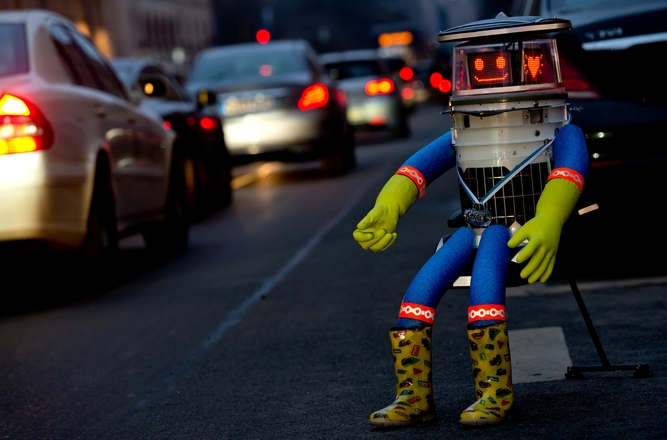

Development
Prototypes
The first prototype hitchBOT was made from nothing more than a single trip to Princess Auto and what was already in our shop. Its belly; a 5 gallon pail beer cooler. Its head; a cakesaver and red LED panels. Its arms and legs; pool noodles and copper pipe. It was simple, it was quick and dirty, but it was enough to get us on the road. Our ability to provide a quick and cost effective prototype made this project possible.
Connectivity
Inside hitchBOT is an Android tablet which provided a camera, speech interface, and wireless connectivity. The two arduinos brought hitch to life, one powered its face and emotions, while the other drove its robotic arm. Hitch’s power system made sure its batteries were always charging when possible, and shut down non essential systems when the batteries got low. Hitch loved to ask for those sweet, sweet energy boosts!
Communication
Hitchbot used many APIs to make its journey. Everything from Google Maps to the Twitter API powered Hitch’s interaction with the outside world. Most of Hitch’s biggest fans interacted with it through Social Media, or by following along in real time via our website. Hitch had a unique blend of physical presence around the world and digital presence around the web.
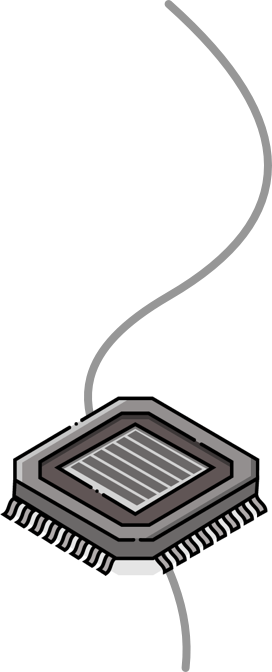
Where In the world is Hitchbot?
There are actually four iterations of Hitch. Instead of dismantling Hitchbots in order to upgrade their hardware and software components, the team would create a brand new version of Hitch. So where are they now?
The OG Hitchbot - Ottawa, Canada
Hitchbot V.1 made the trek across Canada and now calls The Canada Science and Technology Museum in Ottawa home. Gone are the days of asking for a ride, Hitch now sits proudly in the Communications and Computing Collection.
Hitchbot Version 2.0 - Paderborn, Germany
The second generation Hitchbot was unfortunately “murdered” just two weeks after it entered the United States of America. Hitch V.2’s life came to a grisly end in Philadelphia Pennsylvania, where its head was never recovered. The body is now on display at the Heinz Nixdorf Museum in Germany where museumgoers can try to solve the mystery of Hitch’s murder.
Hitchbot Version 3.0 - Globe Trotting
Hitchbot V.3 still travels the world, although with fame came a permanent driver. This Hitch is busy making appearances, signing autographs, and kissing babies.
Hitchbot Version 4.0 - Hamilton, Ontario
Unlike its siblings, Hitchbot V.4 is an early stage prototype (essentially a bucket with LED panels on top) sitting on a desk at the CENG Technologies office. Hitch V.4 may not be as flashy as its predecessors, but it’s what’s on the inside that counts… mostly wires and circuit boards.

In The Media
Request Connection
